Do you have a question about the LaCie LaCinema Classic HD and is the answer not in the manual?
Details the minimum hardware and software specifications for Windows and Mac users to operate the device.
Lists all supported video, photo, audio file types, codecs, containers, and file systems for the device.
Details all items included in the LaCinema Classic HD package, including the system, remote, and cables.
Lists the user interface languages supported by the LaCinema Classic HD device.
Provides visual identification and description of the front and rear ports and indicators on the device.
Explains the different types of cables used for connecting the device, such as A/V and USB.
Provides step-by-step instructions for installing batteries into the remote control.
An illustrated guide detailing the function of each button on the remote control.
Explains the specific functions of key buttons like OK, Return, and Settings on the remote.
Guides the user through connecting the power adapter to the device and a power outlet.
Details how to connect the device to a computer using the USB cable for file transfer.
Explains the safe procedure for disconnecting the device from the computer via USB.
Instructs on connecting the device to a TV using HDMI or composite A/V cables.
Details connecting the device to a home network via an Ethernet cable.
Guides on connecting the power adapter after initial setup steps.
Details the initial setup wizard for language, aspect ratio, and network configuration.
Explains how to navigate and browse video files within the Movie Space interface.
Covers playback controls for movies, including audio, subtitles, zoom, and play modes.
Explains how to navigate and browse photo files within the Photos Space interface.
Details playback options for photos, including scrolling, rotation, zoom, and slideshow settings.
Explains how to navigate and browse music files within the Music Space interface.
Covers music playback controls, including play modes and audio track display.
Guides on managing files on the device from a networked computer via setup steps.
Explains how to stream content to UPnP/DLNA compatible media players on the network.
Provides a specific example of using an XBOX to access content on the device.
Details how to connect and transfer files from an external USB hard drive.
Lists supported file system formats for external USB hard drives and compatible devices.
Explains the correct procedure for safely removing a USB drive to prevent data corruption.
Describes how to stream content from a NAS device with a media server.
Explains how to set up computers as UPnP media servers for streaming.
Instructions for installing and configuring the TwonkyVision media server software.
Guides on enabling media sharing in Windows Media Player for streaming.
Details how to share folders on Windows XP/Vista/7 and Mac OS X for network access.
Step-by-step guide for reformatting the drive using Windows Disk Management.
Instructions for reformatting the drive using Disk Utility on Mac OS X.
Configuration options for video output, display resolution, aspect ratio, and audio output.
Settings related to video playback, including video sequence and subtitle font size.
Options for music playback, including sequence, play modes, and audio track display.
Customization options for photo slideshows, including scaling and transition effects.
System-level settings such as content aggregation, screensaver, standby mode, and system reset.
Network configuration settings including setup, device name, media servers, and shared folders.
Lists the high-definition video formats and compression types supported by the device.
Provides information on maximizing data transfer speeds, especially regarding USB 2.0.
Addresses common issues related to video and audio output problems when connecting to a TV.
Helps resolve problems related to USB connectivity issues on Mac computers.
Helps resolve problems related to USB connectivity issues on Windows computers.
Provides a list of regional contact information and websites for LaCie technical support.
| HDD capacity | 1000 GB |
|---|---|
| Supported file systems | FAT32, HFS+, NTFS |
| Maximum storage capacity | 2 TB |
| Resolution | 1920 x 1080 pixels |
| Connectivity technology | Wired |
| Compatible operating systems | Windows XP/Vista/7 Mac X 10.4/10.5/10.6 Linux 2.6 |
| Interface | USB 2.0 |
| DC-in jack | Yes |
| HDMI version | 1.3 |
| USB 2.0 ports quantity | USB 2.0 ports have a data transmission speed of 480 Mbps, and are backwards compatible with USB 1.1 ports. You can connect all kinds of peripheral devices to them. |
| Ethernet LAN (RJ-45) ports | 1 |
| On Screen Display (OSD) languages | CHI (SIMPL), CHI (TR), DEU, DUT, ENG, ESP, FIN, FRE, ITA, JPN, POL, POR, SWE |
| Networking features | Fast Ethernet |
| Product color | Black |
| Audio formats supported | AAC, FLAC, MP3, OGG, WAV, WMA |
| Image formats supported | BMP, EXIF, GIF, JPG, PNG, TIF |
| Video compression formats | ASF, AVI, DAT, DivX, DVR-MS, MKV, MOV, MP4, MPEG, VOB, WMV |
| Minimum system requirements | Internet Explorer 7.0/8.0 Firefox 3.0 Safari 3.0 Chrome 2.0+ |
| Depth | 45 mm |
|---|---|
| Width | 117 mm |
| Height | 193 mm |
| Weight | 950 g |
| Depth (imperial) | 1.8 \ |
| Width (imperial) | 4.6 \ |
| Height (imperial) | 7.6 \ |

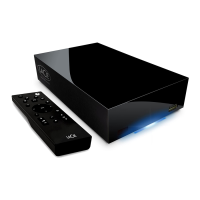

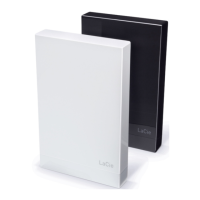


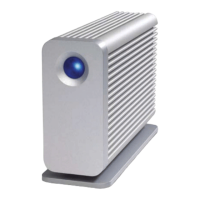

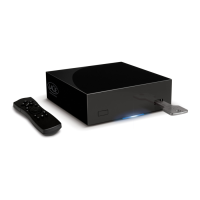
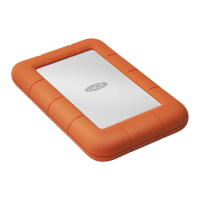
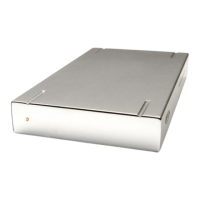
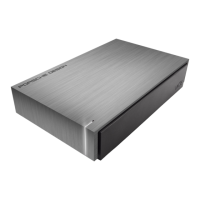
